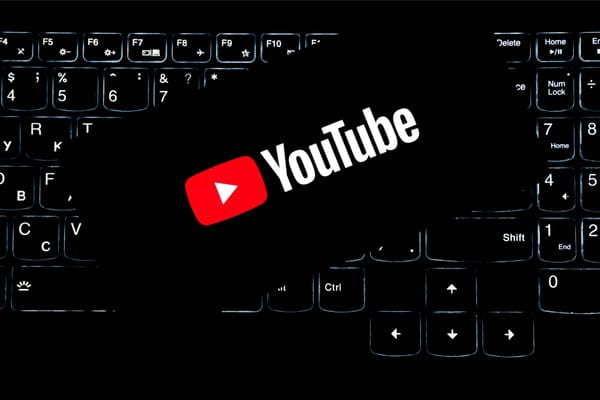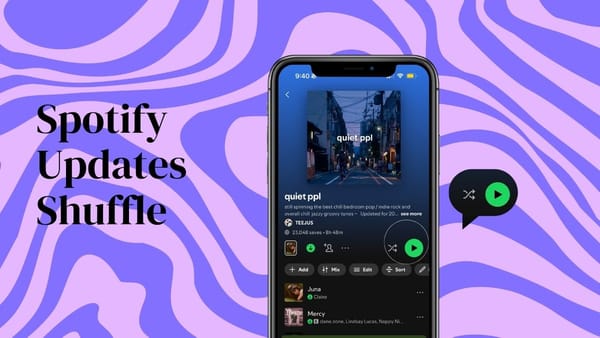Lyric Sheets: What They Are and Why Every Indie Artist Needs One

Being an independent artist today means wearing a lot of hats. You're the writer, the performer, the marketer, sometimes even your own manager. There’s one underrated tool that often gets overlooked, and that’s the lyric sheet.
If you’re not using one (or not sure how to even put one together), don’t worry. We’ll cover what a lyric sheet is, why it matters, and how it can help you look way more professional in the eyes of the music industry.
So, What Is a Lyric Sheet?
In simple terms, a lyric sheet is a clean, typed-out version of your song lyrics. No chords, no music notes, no annotations. Just the words, laid out in a way that’s easy to read and follow. Think of it as your musical resume. It tells people you know your craft, you’ve taken the time to package it right, and you’re ready to do business.
This sheet is crucial if you're:
- Pitching to music supervisors
- Submitting for sync licensing
- Collaborating with other songwriters
- Working with producers or session musicians
- Sending out your EPK (Electronic Press Kit)
Click here for tips on making an EPK that will get you noticed.
So, if you're asking, “How do I make song lyrics look professional?” The answer is: it starts with a lyric sheet.
Why a Lyric Sheet Is a Non-Negotiable for Artists
Why should you care about having a pro-level lyric sheet?
It Makes You Look Legit
Especially if your lyric sheet doesn’t include fluff. Industry folks are not interested in name-dropping affiliated artists or the organizations you belong to. They’re interested in seeing that you can write a song, so your lyrics sheet should be concise and only include information that is relevant (we’ll get into the details later). A crisp, clean lyric sheet shows you're serious, organized, and respectful of their time.
It Opens Doors
Want to pitch your song for a TV show or get considered by a publisher? They're gonna ask for a lyric sheet. If you don’t have one ready to go, you might miss the opportunity entirely.
It Makes Collabs and Sessions Smoother
Whether you’re co-writing, working with a producer, or recording in a studio, having a lyric sheet helps everyone stay on the same page. Check out this article for tips on finding collaborators.
Who Needs a Lyric Sheet? (Hint: You!)
Lyric sheets aren’t just for full-time songwriters or major-label artists. They’re for anyone creating original music. That includes:
- Independent artists recording and releasing their own songs.
- Songwriters pitching tracks to other artists or publishers.
- Producers working with vocalists or session musicians.
- Bands preparing for gigs, live sessions, or press kits.
- Anyone submitting for sync licensing (TV, film, ads).
Basically, if you’re trying to get your music out there, a lyric sheet is a basic requirement.
How to Format Your Lyric Sheet Like a Pro
Here’s your no-nonsense guide on writing and formatting a lyric sheet. This also doubles as a practical songwriting structure template.
1. Choose a Clean Font and Layout
Keep it readable:
- Font: Arial, Times New Roman, Helvetica.
- Size: 12pt–14pt.
- Spacing: Single-spaced, with clear section breaks.
Alignment: Left-aligned only.
2. Include All Relevant Info at the Top
Your lyric sheet format should start with:
- Song title.
- Your name/artist name.
- Email or contact info.
Optional: Copyright notice.
3. Break It into Clearly Labeled Sections
Use brackets or bold headers:
- [Verse 1]
- [Pre-Chorus]
- [Chorus]
- [Bridge]
- [Outro]
Want to know how to start a song lyrics layout that flows? Start with a verse, then build toward the chorus. Use this classic song diagram:
- [Intro]
- [Verse 1]
- [Chorus]
- [Verse 2]
- [Chorus]
- [Bridge]
- [Final Chorus]
- [Outro]
4. Keep It Text-Only
This is super important:
- NO chords.
- NO music notes.
- NO MP3 links. This may be useful in other pitches, but your lyric sheet is only about the written lyrics.
5. Save It in Multiple Formats
- .DOC or .PDF for submissions.
- Plain text (.TXT) for online uploads.
- A printed version if you’re going old-school.
When to Use Your Lyric Sheet
Still not convinced it’s worth the effort? Here are real-life situations where having a polished lyric sheet could make all the difference:
- Submitting for Sync Licensing
Music supervisors want to see what your song’s about without having to hit play.
- Pitching to a Publisher or Label
It helps them quickly evaluate your writing, story, structure, and vibe.
- During Studio Sessions
Vocalists and engineers can follow along and make real-time notes.
- Preparing for a Live Show
Great for rehearsal reference or even building teleprompter slides. Check out this article to learn how to get your live shows listed on Spotify.
- Press Kits or EPKs
Bloggers and media outlets often want the lyrics up front.
FAQ's
Do I need a lyric sheet even if I perform my own songs?
Yes! Whether you’re performing or pitching, preparing your written lyrics in a professional lyrics sheet can help during rehearsals, live shows, and press submissions. It’s also useful if you're working with a producer, engineer, or backup singers who need a reference point.
Can I include chords or annotations in my lyric sheet?
For most professional purposes, lyric sheets should include only the lyrics. Chords and musical notation belong in a lead sheet or music sheet example. Keeping the lyric sheet clean and simple ensures it’s easy for music supervisors, publishers, and collaborators to read.
Is there a difference between a lyric sheet and a songwriting template?
Yes. A lyric sheet is the finalized, formatted document containing your song's lyrics. A songwriting template or songwriting structure template helps you draft or plan your song layout—verse, chorus, bridge, etc. It’s like a worksheet for your creativity, while the lyric sheet is the polished result.
Looking to Promote your own Music?
Use our Spotify Playlist Promotion or TikTok Music Promotion service.





